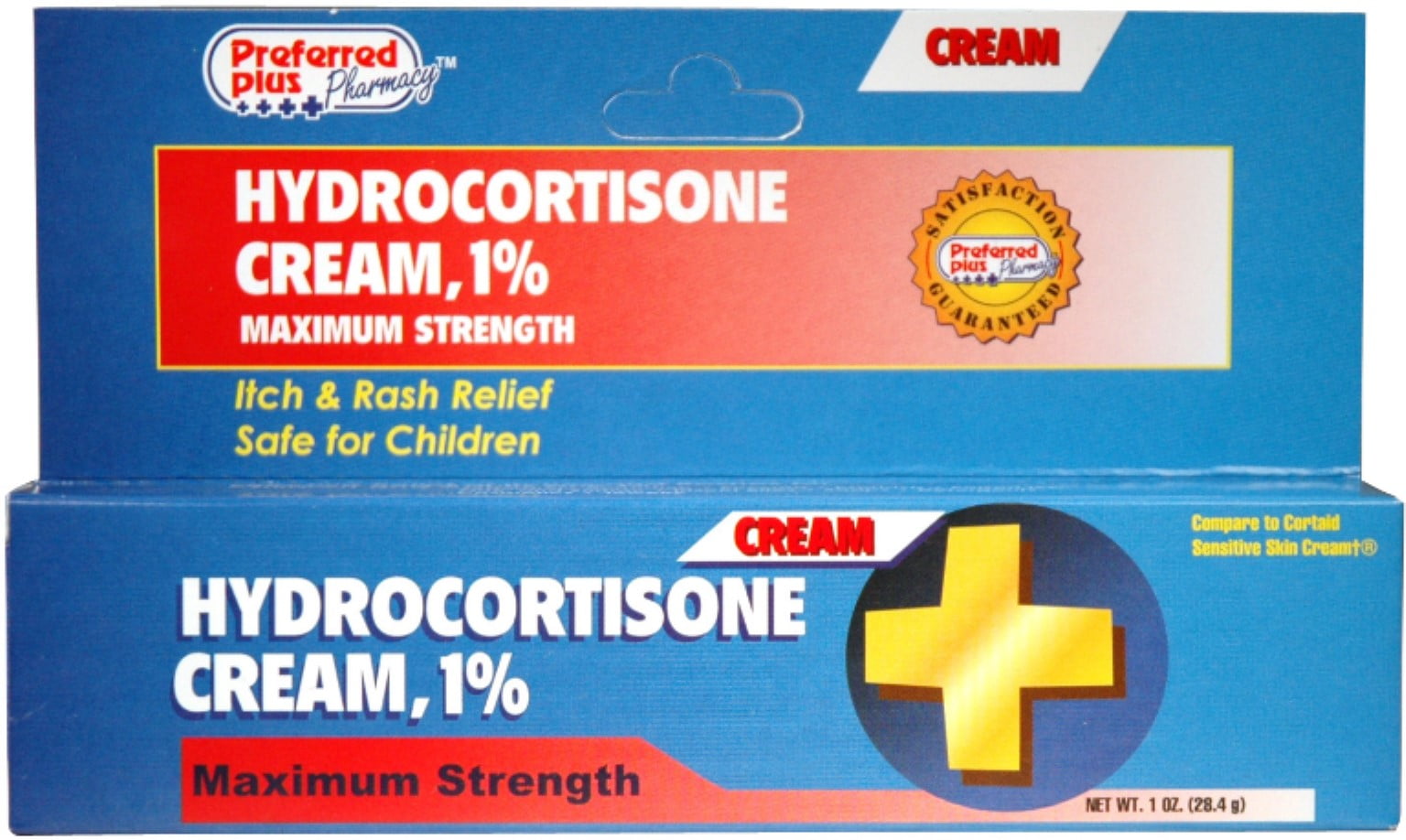
Dosage for Hydrocortisoneĭose and administration: Apply hydrocortisone cream to the affected area as a thin film 2 to 4 times daily depending on the severity of the condition. Tell your doctor if you have any serious side effects of Hydrocortisone Cream listed above.
HYDROCORTISONE CREAM SKIN
Hydrocortisone (hydrocortisone) Cream 2.5% is a topical (for the skin) steroid used to treat inflammation of the skin caused by a number of conditions such as allergic reactions, eczema, or psoriasis. The leaflet can also be viewed online here.Medical Editor: John P.
HYDROCORTISONE CREAM FULL
If you experience any persisting side effects, you should stop using Hydrocortisone 1% cream and talk to your doctor.įor a full list of potential side effects and other important information, see the patient information leaflet provided in the pack before commencing treatment. Side effects are generally rare, but can include a rash or other allergic reaction if you are sensitive to any of the ingredients. Hydrocortisone 1% cream can cause side effects, but not everybody will experience them. What are the side effects of Hydrocortisone 1% cream? It’s very important to give a full picture of your general health in the consultation, to make sure the doctor has all the information required to assess the suitability of Hydrocortisone 1% cream for you. If it doesn’t work for you, tell the doctor as a different treatment might be better. You should not use Hydrocortisone 1% cream if you are pregnant or think you might be pregnant, or are breastfeeding or planning to breastfeed, unless your doctor has specifically advised it. You need to tell the online doctor if you are taking any other medicines, including other creams or eczema treatments you are using – inform us whether they are prescribed by your doctor or purchased from a pharmacy without a prescription. You shouldn’t use this treatment if you have an allergy to any of the active or inactive ingredients. It’s advised you don’t use this cream on the face or around the anal or genital areas unless told to do so by your doctor. If you have a skin infection (such as impetigo, herpes simplex, or a fungal infection) and if you have reacted to other steroid preparations before, Hydrocortisone 1% is not recommended. Is Hydrocortisone 1% cream suitable for me?Īs is common with most medical treatments, there are situations in which Hydrocortisone 1% cream should be used cautiously or not at all. If you have been using the cream for a while and suddenly stop using it without gradually tailing off, your skin condition may relapse. You should start to use the cream less often as your symptoms start to improve, but if your symptoms are still not responding after a few weeks, speak to your doctor.

After the cream has been absorbed, an emollient (moisturising) cream such as Diprobase or Cetraben can be applied to the same area if necessary.

Only a thin layer should be used, and make sure to wash your hands after applying the cream (unless the symptoms are on the hands). The cream should be applied to the affected area(s) of skin, once or twice a day. Before using Hydrocortisone 1% cream, please refer to the patient information leaflet provided in the box.


 0 kommentar(er)
0 kommentar(er)
